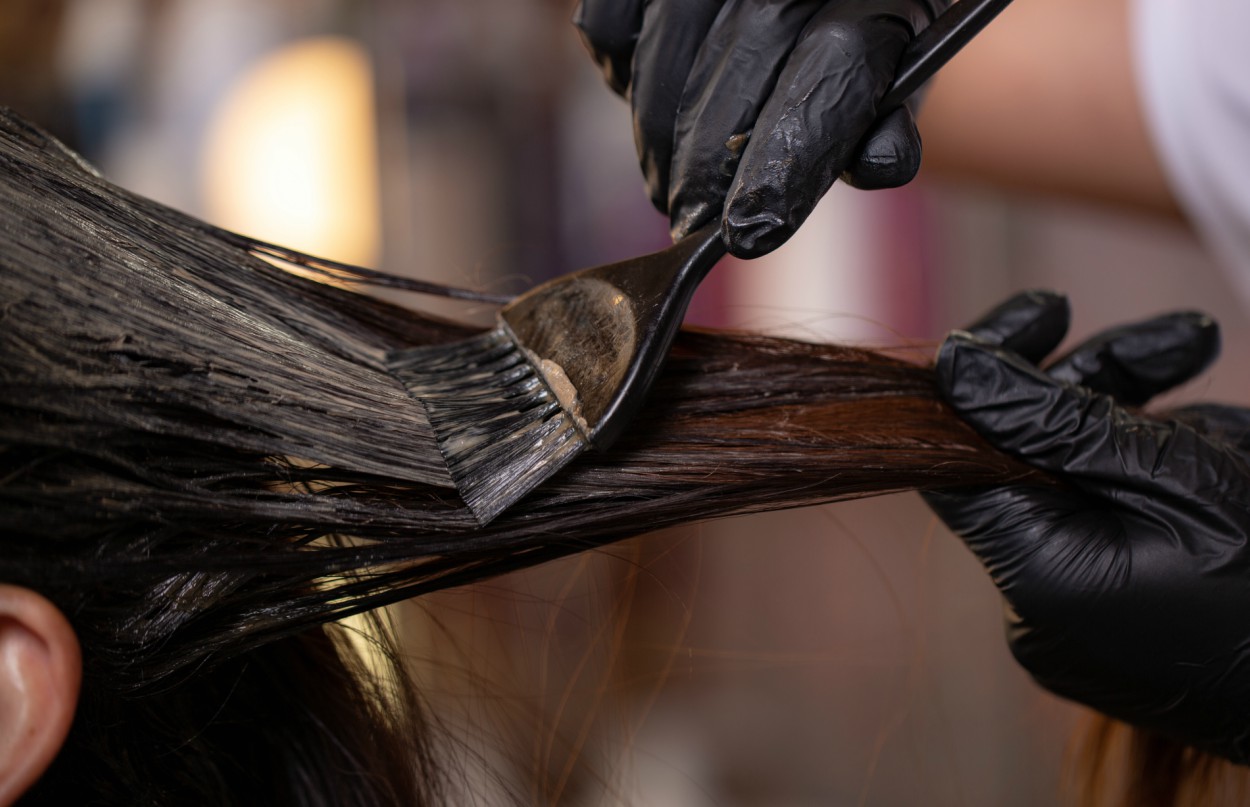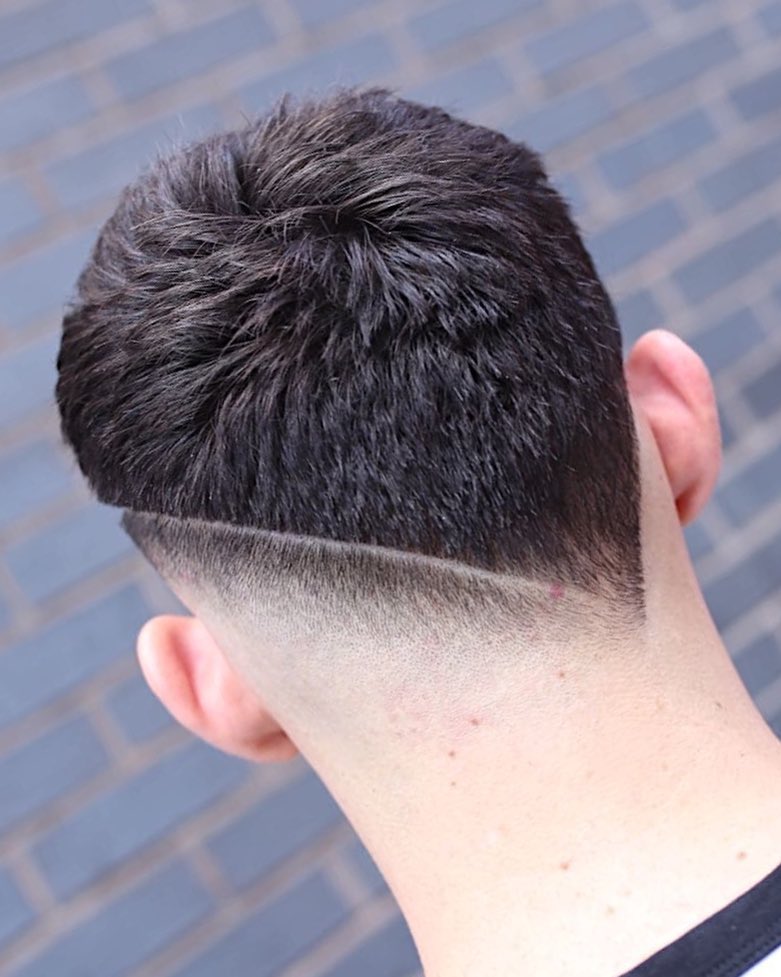Table Of Content

If it’s one of the first four ingredients for your product, steer clear. Sulfates are what give your shampoo that great lather we all love. Sulfate-free shampoos may not lather as well, but rest assured that they are cleansing your hair just as well.
L'Oréal Paris Excellence Creme Permanent Triple Care Hair Color
Now, when you’ve figured out your skin undertone, it’s time to reaffirm your conclusions and find out what hues will look best on you. When trying to figure out your skin undertone, it’s best to use indirect, natural light. Indoor lighting can have warm and cool effects on your skin and skew the results. Ever looked in the mirror in a public washroom and felt a touch green or yellow? That’s because the artificial lights are projecting a greenish hue onto your skin. So, start off by sitting next to a bright window, but not in direct sunlight.
Natural Hair Dyes: How to Color Your Hair at Home
I Dyed My Hair Black and It Nearly Killed Me - Newsweek
I Dyed My Hair Black and It Nearly Killed Me.
Posted: Thu, 26 Oct 2023 07:00:00 GMT [source]
If you want your hair color to last, use a sulfate-free and paraben-free shampoo specially designed for dyed hair. Sulfates are very harsh on the hair and one of the ingredients folks should avoid in haircare products, so make sure to bring your own shampoo to the gym to protect your locks — and their color. Even if you do use specially formulated shampoos, you should still avoid shampooing your hair daily. If you work out every day and need to refresh your hair, you can always employ dry shampoo instead, which is one of our best tips for making hair color last.
Maintaining Your Color
History of prior hair damage from heat styling or harsh dyeing practices can increase the likelihood of further hair damage. When it comes to lightening your hair, the more you have to bleach it, the greater the damage. Henna can also cause contact dermatitis and skin irritation, especially if you’re allergic to any of the compounds or ingredients in henna ink.
And that’s fine—no one on your videoconference call will notice. Most permanent hair dyes contain ingredients that can damage the hair. On the other hand, semi-permanent formulas can often be very nourishing, thanks to added conditioners. In cases where the hair has already been damaged by bleaching, adding pigment with a darker dye can actually be beneficial. Be sure to read our foolproof guide to coloring your hair at home like a pro, plus get inspired by our favorite hues for dark brown hair, black hair, gray hair, auburn hair and blonde color. According to Lee, most of the accessible, at-home colors you find in drugstores are permanent dyes, meaning you’re stuck with your decision for the time being if you mess up.
Dye Application
Once you’ve established the approximate time frame, be sure to keep this in mind throughout the entire dye application process. A cross between a semi- and a permanent colorant, demi-permanent hair color contains a small amount of hydrogen peroxide sans ammonia. Demi-colorants deposit more color into the hair shaft than semis and last for around 20 washes.
Instead of lightening the hair, lowlights add darker shades to create contrast and let the base color be the start of the show. Foil highlights are a more precise way to apply color to hair. The use of the foil or meche allows the stylist to apply different colors at the same time, as well as, provide more even coverage throughout the hair. The application of different colors is great for adding layers of dimension to hair color, and can help create the illusion of volume for fine hair. In most cases highlights are lighter streaks aimed to enhance natural hair texture and brighten locks. Many women opt for highlights to naturally transition from a dark base hair color to the lighter one without extreme bleaching.

There’s a chance you may have to go it alone, as the fate of many salons hangs in the air. If touching up your roots or soaking your ponytail in Kool-Aid doesn’t quite scratch the itch, you can take a cue from a lot of other people these days and try to dye your own hair at home. For the back, you can take slightly larger sections since you’ll be over-saturating. Leaving both front sections hanging free, begin to create sections down your part that are about a quarter-inch thick (the thicker the hair, the smaller the section). Along your part, color at the root, spread the hair dye with your thumb, and then fold that section of hair to the other side.
(You wouldn't want to damage your hair to the point of breakage, now would you?) Plus, he says doing this will help you see how the hair color will actually turn out and how long it needs to process. If your hair is dark, for example, you might be able to lighten it by a few shades with a permanent store-bought hair dye. Anything more dramatic than that, however, will probably require that you bleach your hair first. This dye sits somewhere between a permanent and semi-permanent dye since it doesn’t drastically alter the hair color, but it usually lasts longer than the average semi-permanent formula.
If your ends are very dry and you're dyeing your entire head, don't put dye on your ends. Instead, three minutes before you're supposed to rinse, add two squirts of shampoo into the dye left in the bottle. "It dilutes the dye but still gives you a pinch of color and shine," says Louis Licari of the Louis Licari Salon in New York City. Hair texture matters just as much when dyeing your hair as it does when cutting it. "Coarse, curly, or frizzy hair sucks up color faster and will become cooler-toned when you dye it, so it will look ashier, or slightly bluish," says Ionato. "Fine to medium hair textures don't absorb color as easily and will become a slightly warmer tone when you add dye, meaning it will have orange, red, or copper undertones."
This is true for alternatives to traditional hair dye like Kool-Aid, carrot juice, and even coffee. Read the instructions on the box first in their entirety, so you know the basics of the process. That said, those instructions can read confusing if this is your first time dyeing your hair at home or you haven’t done it in a while. Start at one of the front sections and apply the color to your hairline (this is the area from your ear up to your forehead and down to the other ear), avoiding your skin as much as possible. “It's not safe to color or bleach your hair at home if your hair has been through a lot of processes,” says Grummel.
Clip those sections out of the way and repeat on the other side. When you’re finished, your hair should be divided into four even sections (you can create more sections if your hair is particularly long or thick). Part your hair down the middle, going all the way down the back of your head and effectively splitting your hair into left and right sides.
However, excessive use or leaving the shampoo on for too long can lead to over-depositing of color, resulting in an unnatural or uneven hue. She says it's essential to follow the instructions provided with the product and monitor the results to achieve the desired effect without damaging the hair. But we demand rent from the brassiness and dullness that happens after a few weeks. That’s where color-depositing shampoo (think purple shampoo) comes into the picture. There are many reasons for hair loss in women but coloring hair is not one of them.
There's nothing worse than ending up with telltale stripes of color on your forehead. Rather than using a goopy salve to protect skin from dye, guard your skin against stains by gliding a clear solid lip balm along your hairline, including around your ears, before applying color. If your hair is past your shoulders, or shoulder-length and extremely coarse, use two boxes of the same shade to ensure full coverage.

No comments:
Post a Comment